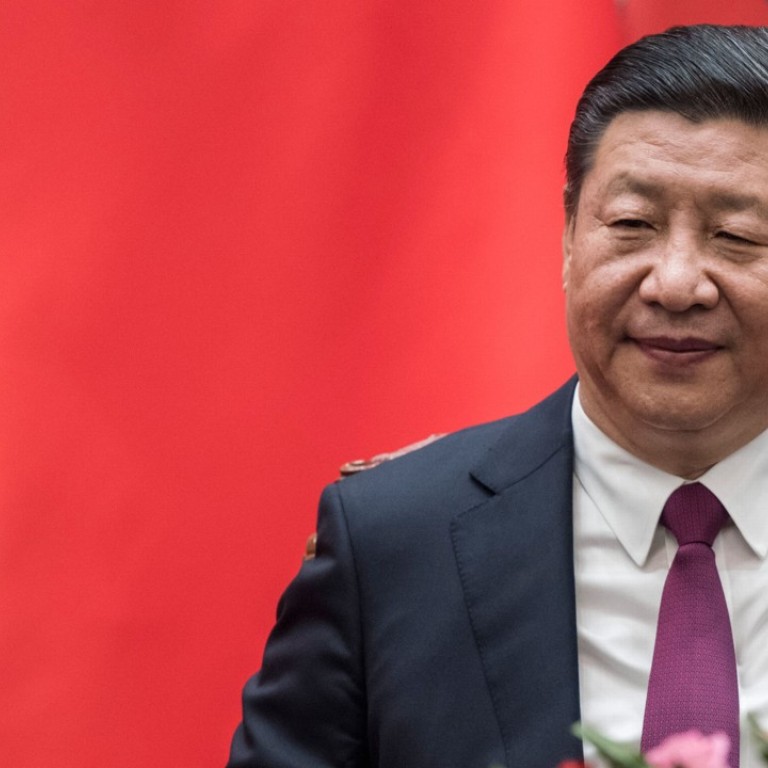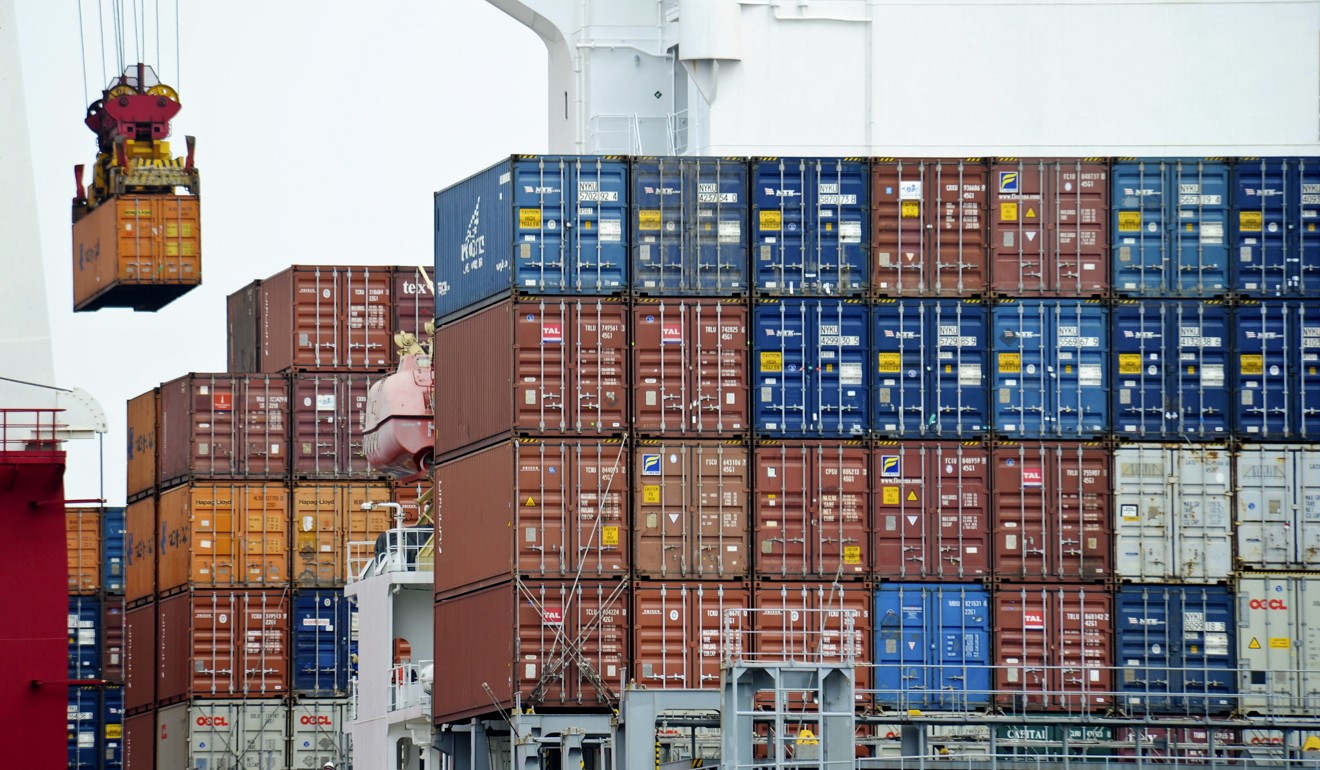
The good, bad and ugly sides of Xi’s economic work conference
President Xi Jinping and hundreds of senior Communist Party cadres have gathered at a heavily guarded hotel in Beijing to review China’s economic performance for the year, and to hammer out the policy agenda for 2018. What can we expect from the conference, and why is it so important?
1 Good signs at home
The annual Central Economic Work Conference is the first big policymaking meeting to be held after Xi consolidated his power at the 19th party congress in October. It will shed light on Xi’s specific ideas to address unbalanced economic development, mounting financial risk and the yawning wealth gap – meaning they will apply not just next year but probably also for the next decades.
China achieved headline growth of 6.9 per cent in the first three quarters, and the government has curbed the capital exodus and engineered a modest appreciation of the yuan against the US dollar this year. These signs of stabilisation will offer Xi greater leeway to tackle structural problems in the world’s second biggest economy.
2 Bad signs from Trump
With the conference under way, US President Donald Trump has alleged that China and Russia were seeking to challenge American power and attempting to erode US security interests, labelling China as a “competitor” in his national security assessment.
Washington’s growing hostility, along with expected Federal Reserve interest rate rises and US tax cut plans, may hurt China’s trade and growth in 2018 and generate capital outflow pressure.
While the statement issued after the closed-door conference is unlikely to specifically mention Trump and his policies, these issues will be the elephant in the room for Xi and his team.
Economists expect China will raise interest rates in the third quarter of next year, improve implementation of existing policies to reduce the tax burden on companies, and roll out more measures to open the service sector in a bid to prevent capital flight.
3 Ugly lack of information
While the conference is significant and closely watched, the meeting is held behind closed doors and its specific agenda, debating process and final agreements will not be revealed. A general summary of conclusions will be published after the meeting, but details such as development targets for 2018 will not be released until March.
According to a Politburo statement from a meeting earlier this month, the conference will focus on three key tasks – containing financial risk, poverty alleviation and environment protection – as well as deepening “supply-side structural reforms”, a hallmark of Xi’s economic policy.
But even after Xi lays out the country’s economic priorities with his comrades, actually implementing them could be messy. One example is the government’s push to tackle the chronic smog problem in northern China this winter by rushing to replace coal with natural gas for heating. Now the authorities are back-pedalling as they grapple with a gas shortage that left many homes and schools without heating in freezing temperatures.


